Bigcypresshunter
Sapphire Member
- Joined
- Dec 15, 2004
- Messages
- 27,000
- Reaction score
- 3,340
- Golden Thread
- 0
- Location
- South Florida
- Detector(s) used
- 70's Whites TM Amphibian, HH Pulse, Ace 250
- Primary Interest:
- Beach & Shallow Water Hunting
Ive had this for a while but cant figure out what its for. Its chromed steel about the size and shape of a 1/4 inch ratchet. Instead of a square drive, it has a threaded end. But for what? It turns but doesnt ratchet. It may be broken. It also has a larger threaded end on the handle... no markings.



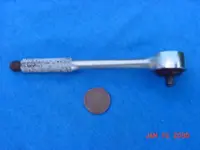
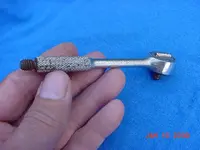
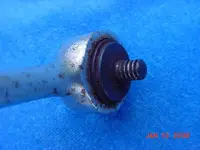


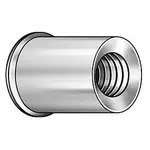
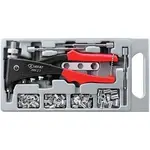
 ! With the ratchet style tool that is in question, you would have to use a washer and a non threaded spacer with hex head, on the stud first then thread onto the fastener . Hold the hex head with a wrench while turning ratchet, which will in turn, cinch up blind rivet, then , back off ratchet and your riv-nut is set. Easier said than done
! With the ratchet style tool that is in question, you would have to use a washer and a non threaded spacer with hex head, on the stud first then thread onto the fastener . Hold the hex head with a wrench while turning ratchet, which will in turn, cinch up blind rivet, then , back off ratchet and your riv-nut is set. Easier said than done  ........NGE (T)
........NGE (T)
